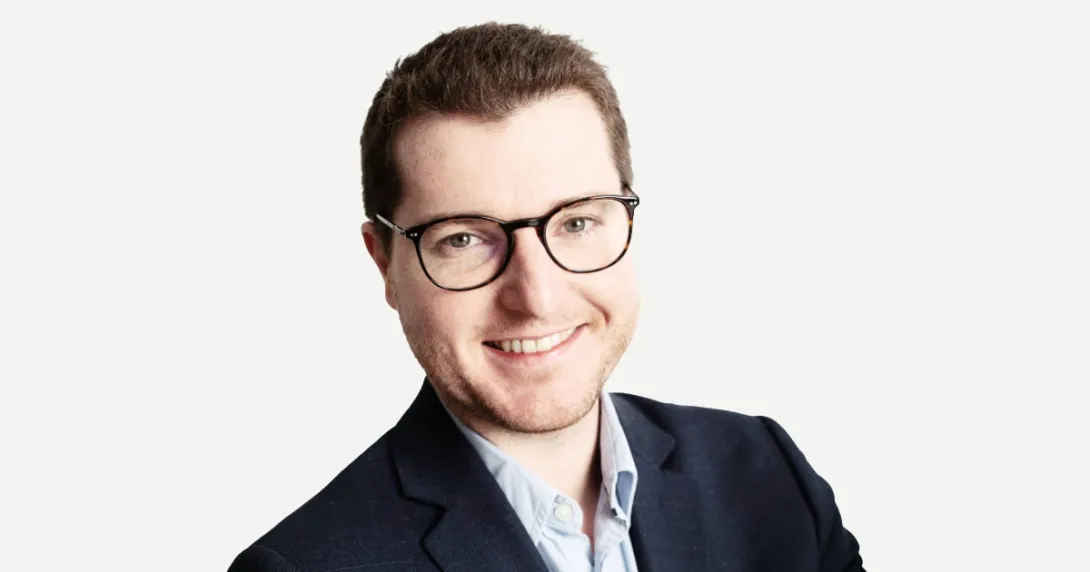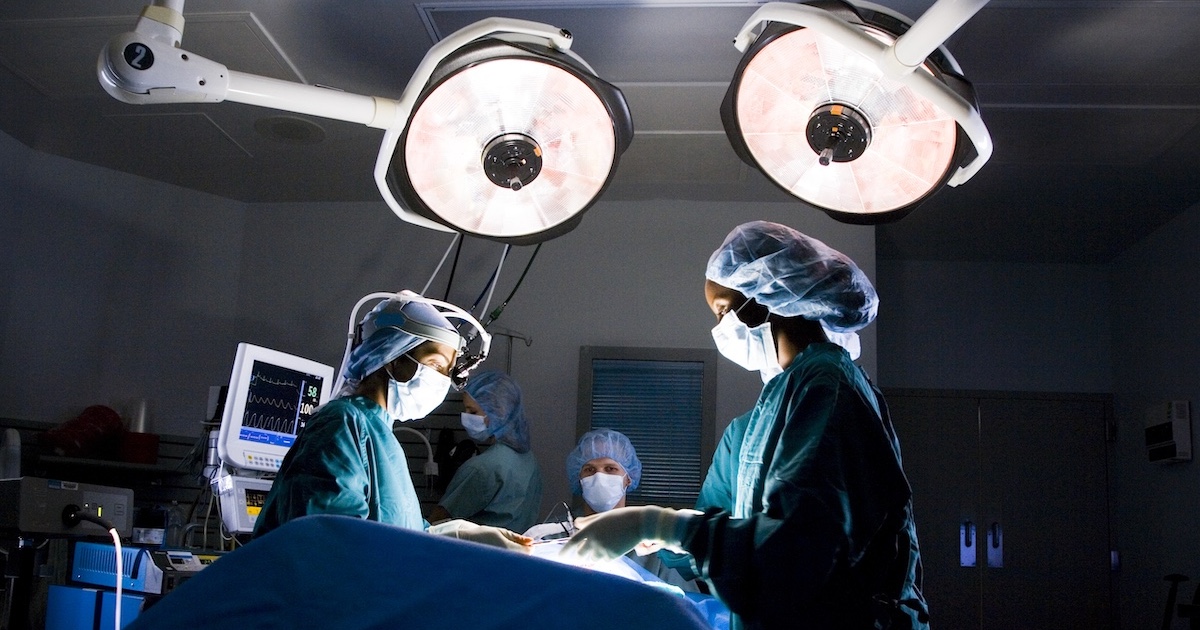
Lattice Medical has created a 3D-printed, resorbable implant called MATTISSE, designed to use an oncology patient's own fat tissue to regenerate one's breast after undergoing a mastectomy.
Julien Payen, cofounder and CEO of Lattice Medical, sat down with MobiHealthNews to discuss the company's innovative approach to breast reconstruction for cancer patients and how the technology works.
MobiHealthNews: What is Lattice Medical offering oncology patients?
Julien Payen: Lattice Medical is a company focusing on breast reconstruction after cancer. Breast cancer affects one in eight women in the world, and 30% of them will have a mastectomy, so it's a breast removal, and only 30% of women get the reconstruction. You have the choice of breast implant, or you have the choice of flap. It is really complex, and you have a lot of impact on the breast and in the back.
So, we have developed a unique solution: MATTISSE. It's a tissue engineering implant for breast reconstruction. We operate like silicone implants. So, it's an accessible surgery for a plastic surgeon or breast surgeon; the physician will open into the mammary fold. The surgeon harvests a fat flap below the breast area on the patient, and this fat will be inserted into the 3D-printed implant.
MATTISSE is in two parts: The lower base is called the scaffold, and we fix the fat on the scaffold, and we close with the chamber. We have different sizes and shapes thanks to 3D printing, and it is made of a resorbable material we fix on the chest. We close the wound up, and this small amount of fat, in six months, will regenerate inside, filling the inner part. In the meantime, it is resorbing so the woman gets back her new breast with her own tissue without any device in the body.
So, it is patented. We have already closed the first phase of clinical trials in France and Spain. We are a team of 25 people with key opinion leaders and so on in the world. And we have already raised €20 million ($22.99 million) over the past seven years, and we have several partnerships. We have one big partnership. We have already raised our own factory. So, this is the 3D printing factory.
We are able to produce the raw material. It's a biopolymer extruded into filament, and this filament goes like this behind the 3D printers, and each printer is able to design any shape of a MATTISSE implant. It's totally autonomous, and we have some steps of the washing/cleaning process.
Everything is in a clean room. It's compliant with FDA guidelines for 3D printing, and of course, we have a quality control check, and then the device is sealed and sterilized, and it is ready for the operation.
We are able to produce 1,000 implants per year from this facility.
MHN: What is it that is actually put into the patient?
Payen: We put the MATTISSE device with some fat of the patient inside, and the device will help the fats to regenerate inside.
MHN: So, it is like the patient's breasts grow back the way that they were before?
Payen: Yes, the promise for the patient is to get back an autologous volume (meaning her own fat tissue in the breast).
MHN: What is the device made of?
Payen: The device is made of bioabsorbable medical-grade material, a biopolymer close to the already used suture yarns, but we have completely rerouted the process to get a 3D-printed device so it is the same biomaterial. It's a couple of polylactic acid and caprolactone.
MHN: Is there any fear of rejection from the body?
Payen: So, this is what we are testing in the clinical trial, the safety and how the patient reacts. What are the long-term perspectives? Is it resorbing? Is it not resorbing? But we are confident. We have already done four years of preclinical tests on in vitro and in vivo models, and we are doing this in clinical trials since last year.
MHN: What stage are you in? Are you about to go into clinical trials?
Payen: I hope this technology could be in a U.S. clinical trial by next year. So, we have already done the first phase of the clinical trial. We have operated on patients, and we have, from six months to one year, followed up on these patients. We will restart phase two by the end of this year to recruit 40 patients more, to have a total of 50 patients. In the meantime, we are assessing the FDA.
MHN: Are you currently seeking more funding?
Payen: Yes, it is ongoing. We are looking to raise €30 million ($34.49 million) in equity, and we have already two lead investors. They are committing €15 million ($17.25 million). And now existing VCs are reinvesting €15 million. So, we have a total of €28 million ($32.19 million). So, I need two more, but it's almost done.
The use of proceeds is for the market launch in Europe. We expect 2027, so in two years, to be in the European markets. The funds will be used for the FDA trials, so on U.S. soil. We expect 320 patients in 22 hospitals. I have already 10 hospitals willing to participate in the study, and some of the funding will be to increase the industrial capacity to reach a first step of 5,000 implants per year from the factory.


